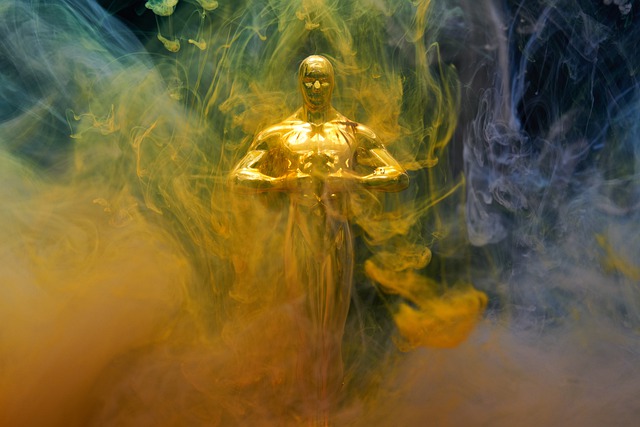Proceedings available @ACM
The main conference room is Amphiteatre Etoile, located near the registration desk. When no other indication in the program, the presentations take place in the main conference room. The Teams link is available on Whova (registration is required) – same link is to be used for all sessions of Track A.
The secondary conference room is H218, used for Track B of Wednesday’s workshops. The Track B Teams link is available on Whova (registration is required).
Day 1, November 2nd, 2022
8h30 to 9h00 Registration
9h00 to 9h30 Welcome
François Dellacherie – Telecom SudParis Director, Christophe Mouton – Web3D 2022 General Chair, Marius Preda – Web3D 2022 Program Chair (video)
9h30 to 10h00 Keynote Speaker: Nicholas Polys, President of the Web3D consortium – “What is behind the Metaverse” (in person, video, slides)
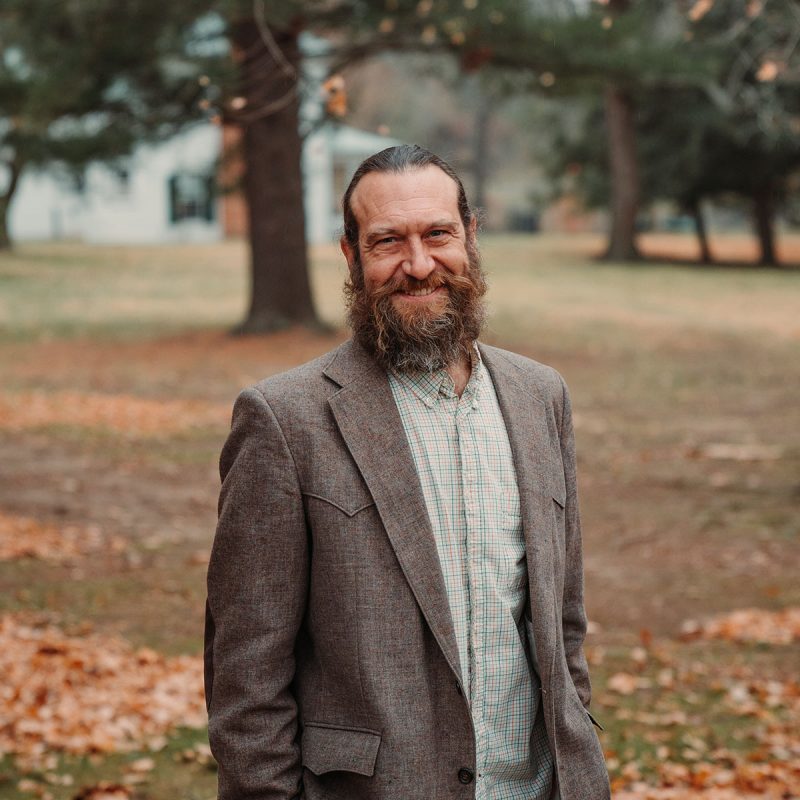
Nicholas F. Polys is Director of Visual Computing with Virginia Tech Research Computing Group and Affiliate Professor in the Department of Computer Science, an exciting mix of research, mentoring, managing high-performance visualization facilities, and developing web-based and immersive visualizations for the lastest computational science and e-Design applications! He has developed interactive 3D graphic content and systems since 1997.
10h00 to 12h00 Regular papers “Rendering is key in 3D Graphics”
Chair: Indira Thouvenin
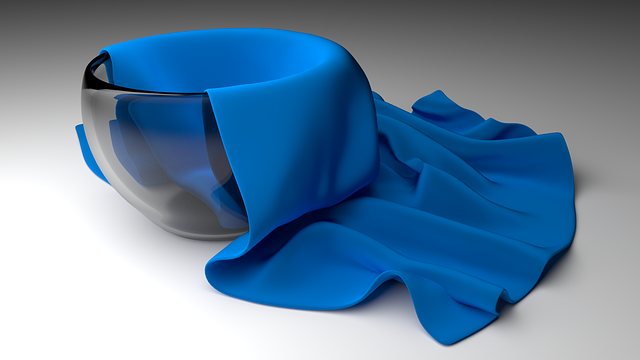
| Hardware-accelerated Rendering of Web-based 3D Scatter Plots with Projected Density Fields and Embedded Controls by Lukas Wagner, Daniel Limberger, Willy Scheibel and Jürgen Döllner (in person, video, slides) |
| InstantXR: instant XR environment on the Web using hybrid rendering of cloud-based NeRF with 3D assets by Moonsik Park, Byounghyun Yoo, Jee Young Moon and Ji Hyun Seo (online, video, slides) |
| Terrender: A Web-Based Multi-Resolution Terrain Rendering Framework by Julian Andrea Croci, Alireza Amiraghdam and Renato Pajarola (online, video, slides) |
| A Framework for Safe Execution of User-Uploaded Algorithms by Toni Tan, Rene Weller and Gabriel Zachmann (in person, video, slides) |
12h00 to 13h00 Lunch break
13h00 to 13h30 Sponsor pitch: Aryason, Maher Belhaj, President (in person, video, slides)
13h30 to 15h30 Tutorial “The use of deep learning algorithms in geometries” by Chrysoula Tzermia and Athanasios Malamos (online, video, slides)
Aims to present the use of neural networks in geometries and to emphasize the importance of geometric deep learning algorithms. Is also shows potential novel applications of deep learning and computer graphics cooperation. Bring your laptop!

13h30 to 15h30 Workshop “Environmental and sanitary impacts of the metaverse”, Part 1 by Alexis Souchet (online, slides) – H218 – Track B
The “metaverse” induces side effects. This workshop aims at presenting the state-of-the-art French and American scientific communities’ ways to consider these effects. Part 1 is dedicated to sanitary aspects.
The French Agency for Food, Environmental and Occupational Health & Safety (ANSES) published an expertise report on Augmented and Virtual Reality’s sanitary effects. Jean-Marie Burkhardt (video), who supervised the report, will present the conclusions and his viewpoint on the current status regarding the “metaverse” side effects.
Kay Stanney (video) will present an overview of current research in Cybersickness and how she and her teams at Design interactive are considering such side effects for their industrial work.
Alexis (video) on “Environmental and sanitary impacts of the metaverse”. Digital sustainability by Mark Butcher (video)
15h30 to 16h00 Coffee break
16h00 to 18h00 Workshop Web3D technologies for the Notre-Dame de Paris by Violette Abergel and Livio de Luca (online, video1, video2)
The Notre-Dame scientific action currently involves 175 researchers from disciplines such as archaeology, anthropology, architecture, history, chemistry, physics and computer science.
Livio De Luca et Violette Abergel (CNRS-MAP): the role of the Digital Data Working Group in the general scientific action, the potential of co-creation, sharing and semantic annotation of 3D resources in multidisciplinary collaborative studies (slides).
Roxane Roussel (CNRS-MAP): an approach to build a complete digital report of the cathedral (after fire) with the AIOLI 3D annotation platform.
Marco Callieri (CNR-ISTI): the 3DHOP-based visualization and analysis application to interact with specific artifacts (the rib stones), (slides).
Anais Guillem (LRMH): a collaborative work on the digital-physical anastylosis of the nave arch (video, slides).
Violette Abergel (CNRS-MAP): multimodal exploration of semantically-enriched data (video, slides).
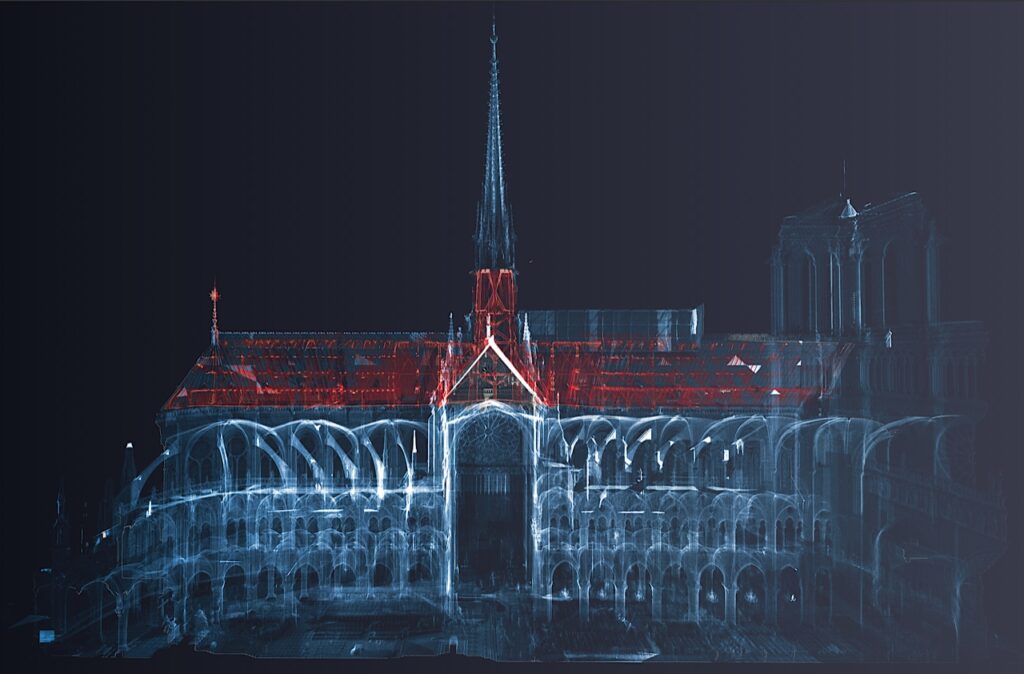
16h00 to 18h00 Workshop “Environmental and sanitary impacts of the metaverse”, Part 2 by Alexis Souchet (online, slides) – H218 – Track B
The Part 2 of the workshop is dedicated to environmental aspects.
In the first talk, one representative from the ADEME will present current knowledge on digital’s impacts on the environment. Digital sustainability by Mark Butcher (video)
In the second talk, Alexis Souchet will specifically focus on how current knowledge on digital environmental issues can be projected for the metaverse.
Then, the speakers will try to define a roadmap to understand better and tackle the metaverse environmental impacts (video).
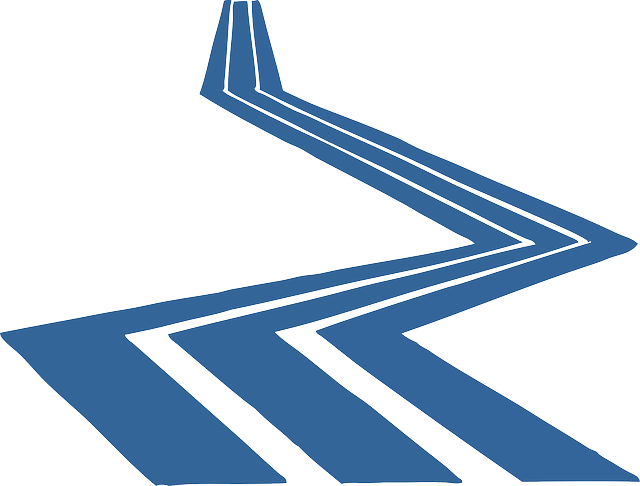
18h00 to 19h00 Keynote speaker: Prof. Michael Zyda, USC Viterbi School of Engineering, University of Southern California (online, video, slides)
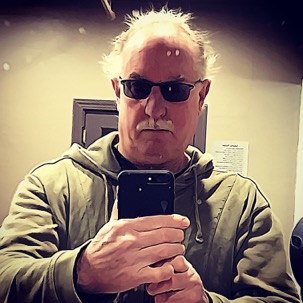
Prof. Michael Zyda is the Founding Director of USC’s Computer Science Games Program, and a Professor of Engineering Practice in the USC Department of Computer Science. At USC, he founded the Computer Science Games Program and the year-long advanced game projects course that forms the core of USC Games and took that program from no program to the #1 Games program in the world. That program has been rated #1 by the Princeton Review for ten of the last eleven years. His alums have shipped games played by over 5 billion players, about $250B in revenue and $2.5B in payroll to those alums. Zyda is an ACM Fellow, IEEE Fellow, an IEEE Virtual Reality Technical Achievement Award winner, a Senior Member of the National Academy of Inventors and a National Associate of the National Academies.
Day 2, November 3rd, 2022
9h00 to 10h00 Keynote Speaker – Marc Petit, Epic Games – “Browsing the Open Metaverse” (in person, video, slides)
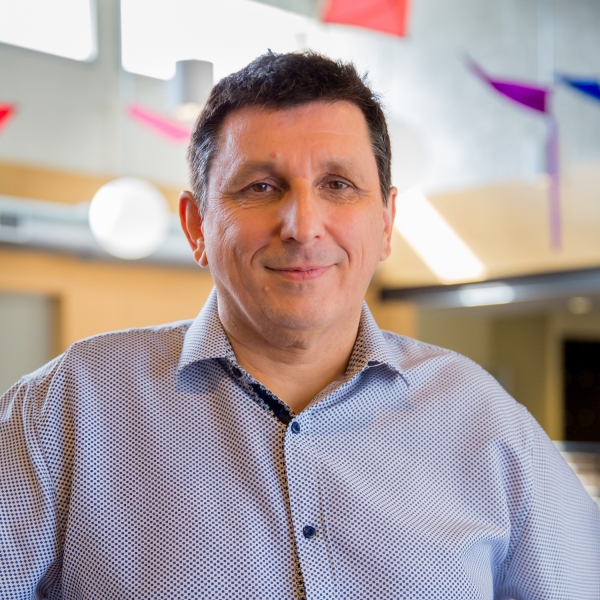
As VP of the Unreal Engine Ecosystem, Marc oversees the growth of Epic Games’ Unreal Engine business into all markets including game development but also film, television, AEC and manufacturing. Prior to joining Epic Games in mid-2016, Marc was a partner and Entrepreneur-In-Residence at XPND Capital, a Montreal-based investment fund where he co-founded and launched Taxelco, a sustainable urban transportation company. Between 2002 and 2013, Marc ran Autodesk’s Media & Entertainment business unit steering development and marketing of the industry’s leading 3D animation and VFX software products 3ds Max, Maya, MotionBuilder and Flame for more than a decade. Marc started his career at TDI in 1988, and joined Softimage in 1991 where he ran 3D Products and oversaw the design and development of Softimage XSI.
10h00 to 12h00 Regular papers “3D Content processing, Augmented and Virtual Reality“
Chair: Nicholas Polys
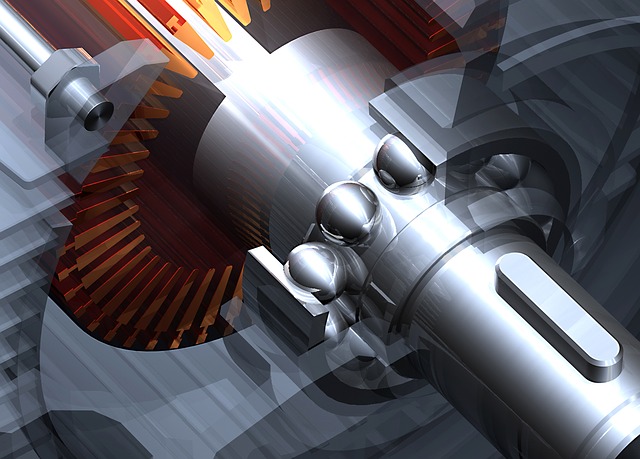
| Flexible Photorealistic VR Training System for Electrical Operators by Mikołaj Maik, Paweł Sobociński, Krzysztof Walczak, Dominik Strugała, Filip Górski and Przemysław Zawadzki (online, video, slides) |
| Levels of Representation and Data Infrastructures in Entomo-3D: An applied research approach to addressing metadata curation issues to support preservation and access of 3D data by Wen Nie Ng, Alex Kinnaman and Nathan Hall (online, video, slides) |
| Evaluation of simplified 3D CAD data for conveying industrial assembly instructions via Augmented reality by Abhaya Dhathri Arige, Traian Lavric, Marius Preda and Titus Zaharia (in person, video, slides) |
| Database for camera-based document images retrieval by Thibault Lelong, Marius Preda and Titus Zaharia (in person, video, slides) |
12h20 to 13h20 Lunch break
13h20 to 13h35 Sponsor pitch: Neil Trevett, Khronos Consortium: Building the foundation of an open metaverse: an update on Khronos, glTF and the Metaverse Standards Forum (online, video, slides)
13h35 to 14h30 Workshop: Standards for Metaverse
| UMI3D: An Open-source Framework to Build an Open Metaverse by Julien Casarin (in person, video, slides) |
| Overview of Haptics Standardization by Yeshwant Muthusamy and Philippe Guillotel (online, video, slides) |
| MPEG status and roadmap for 3D graphics coding by Marius Preda (in person, video, slides) |
14h30 to 16h00 Panel Session: Manifesting an Open, Interoperable Metaverse (video)
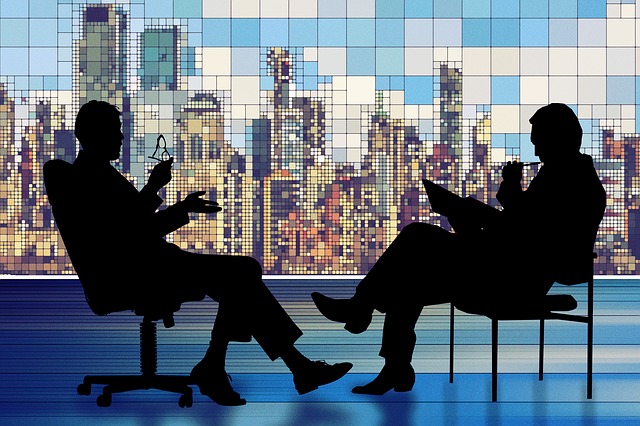
Prof. Don Brutzman, Naval Postgratuate School
Dr. Leonardo Chiariglione, CEDEO, MPAI
Chris Lane, 3dMD Ltd
Marc Petit, Epic Games
Prof. Nicholas Polys, Virginia Tech
Ralf Schaefer, Interdigital, MPEG AhG Chair
Dr. Ingo Simonis, OGC
Dr. Yu Yuan, IEEE SA
Moderated by Marius Preda, MPEG WG 7 Convenor
16h00 to 16h30 Coffee break
16h30 to 18h00 Regular papers “Metaverse definition and characteristics”
Chair: Johannes Behr
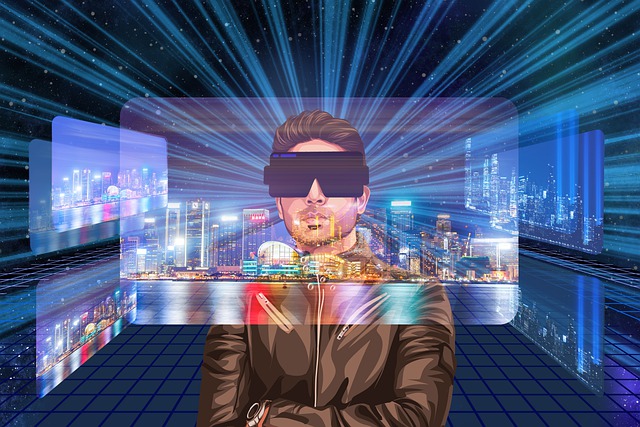
| The Keys to an Open, Interoperable Metaverse by Anita Havele, Nicholas Polys, William Benman and Don Brutzman (in person, video, video2, slides) |
| Defining the Metaverse through the lens of academic scholarship, news articles, and social media by Nathan Green and Karen Works (in person, video, slides) |
| Designing for Social Interactions in a Virtual Art Gallery by Nicholas Polys (in person, video, slides) |
18h00 to 18h30 Sponsor pitch: Integrated Virtual Networks (online, video, slides)
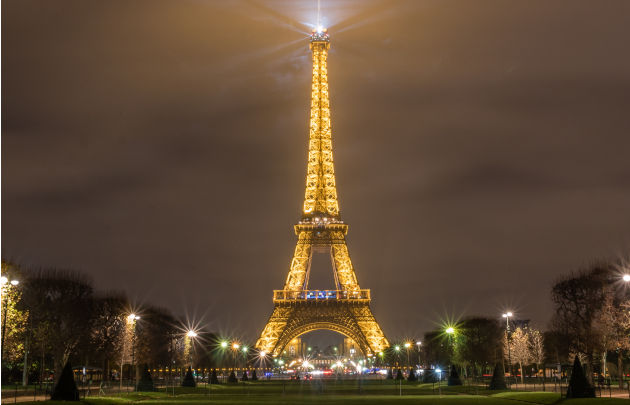
19h30 to the end of the night: Social Event @ Tour Eiffel (in person!)
Day 3, November 4th, 2022
9h00 to 10h30 Fast forward of Posters presentations
Chair: Jorge Posada
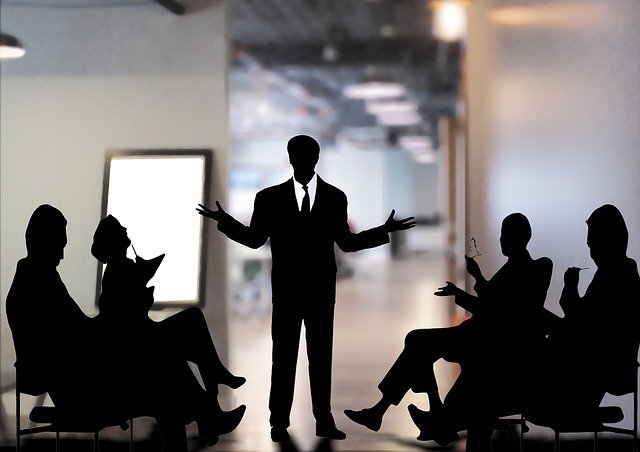
| An Open, Multi-Platform Software Architecture for Online Education in the Metaverse, by Santiago Lombeyda, S. George Djorgovski, An Tran and Joy Liu (online, video, slides) |
| Document Segmentation for WebAR application, by Thibault Lelong, Marius Preda and Titus Zaharia (in person, video, slides) |
| Visual Rehabilitation for Learning Disorders in Virtual Reality, by Lea Saunier, Muriel Panouilleres, Catalin Fetita and Marius Preda (in person, video, slides) |
| Spatial Audio Designer, by Nicholas Polys and Noam Bendelac (in person, video, slides) |
| Deep Learning Classification in Web3D model geometries, by Chrysoula Tzermia, Nick-Periklis Chourdas and Athanasios Malamos (online, video, slides) |
| Challenges in enhancing Augmented Reality operation with deep learning-based object pose estimation for industrial manufacturing, by Hugo Durchon, Yannick Grall, Marius Preda and Titus Zaharia (in person, video, slides) |
10h30 to 11h30 Poster-based interactive discussions, demos and discussions on industrial use cases
Exhibition hall
11h30 to 12h00 Web3D Consortium Town Hall by Nicholas Polys, Anita Havele and Web3D Consortium Board of Directors (in person, video, slides)
Web3D consortium is an open industry consortium creating advanced, royalty-free, standards for 3D graphics, Web3D members are enabled to contribute to the development of these specifications, are empowered to vote before public deployment and are able to accelerate the delivery of their cutting-edge platforms and applications through early access to specification drafts. This spirited discussion session shows many activities and roadmap of this nonprofit open standards development organization that provide many opportunities for development of 3D platforms.
12h00 to 13h00 Lunch break
13h00 to 15h00 Workshop “Made-to-Measure Unit-1 on-Demand Manufacturing of Physical and Digital Apparel“, by Monika Januszkiewicz, Carol McDonald and Sydney Otten (in person, video, slides)
The aim of the workshop is to develop a conversation between providers of body and material data and the manufacturing consumers of data. The presentation offers a framework for classifying manufacturing stages as independent components connected to the processes and technologies based on the required input and output. To reach this goal, pipeline is designed for the customization of two unisex products: a shirt and a pair of jeans.
Data Capture and Processing
How to Absorb Data From all Different Sources
What is Needed for the Manufacturing Production
15h00 to 16h30 Fast forward of Industrial Use Cases presentations
Moderated by Alban SCHMUTZ, Industrial Chair

| Digital Twin and 3D Web-based Use Cases in Industry, by Bruno Simões, Maria del Puy Carretero, Jairo Roberto Sanchez, Carlos Toro and Jorge Posada (in person, video, slides) |
| Industrial Use-Case : Digital Twin for Autonomous Earthwork in Virtual-Reality, by Nicolas Hoffmann, Léa Saunier, Samuel Prouten, Oumayma Serroukh, Jean-Charles Le Floch, Marius Preda, Catalin Fetita and Titus Zaharia (in person, video, slides) |
| 3D Connectivity for Digital Twins, by Christian Stein and Johannes Behr (in person, video, slides) |
| AR for Manual Assembly in Industry, by Emmanuel Bricard and Traian Lavric (in person, video, slides) |
| Turn BIM Models in high-resolution architectural images with a web-based real-time simulation and collaboration platform developed with Autodesk Forge and V-Ray SDK, by Mathieu Lalanne, Andreas Riedel and Felix Riedel (in person, video, slides) |
| Overview of MPEG volumetric applications, by Ralf Schaefer and Celine Guede (in person, video, slides) |
| Performing arts in the metaverse: how to open doors for artists and their fans, by Gildas Dussauze, Marion Delemazure and Cedric Tatangelo (in person, video, slides) |
| Geometry Streaming on 40 Leadenhall Street: A Case Study by Sebastian Friston, Carmen Fan, Matthew Osment, Max Kidway, Jozef Doboš (online, video, slides) |
| Visualizing Carbon in 3D Repo: From BIM to ZERO, by Mia Dibe, James Bowles, Matthew Osment, Charence Wong, Jozef Doboš (online, video, slides) |
16h30 to 17h30 Poster-based interactive discussions, demos and discussions on industrial use cases
Exhibition hall
Next Web3D Conference announcement (video)
17h30 to 18h00 Awards ceremony (video)
H-Anim Contest
Best Paper Awards
